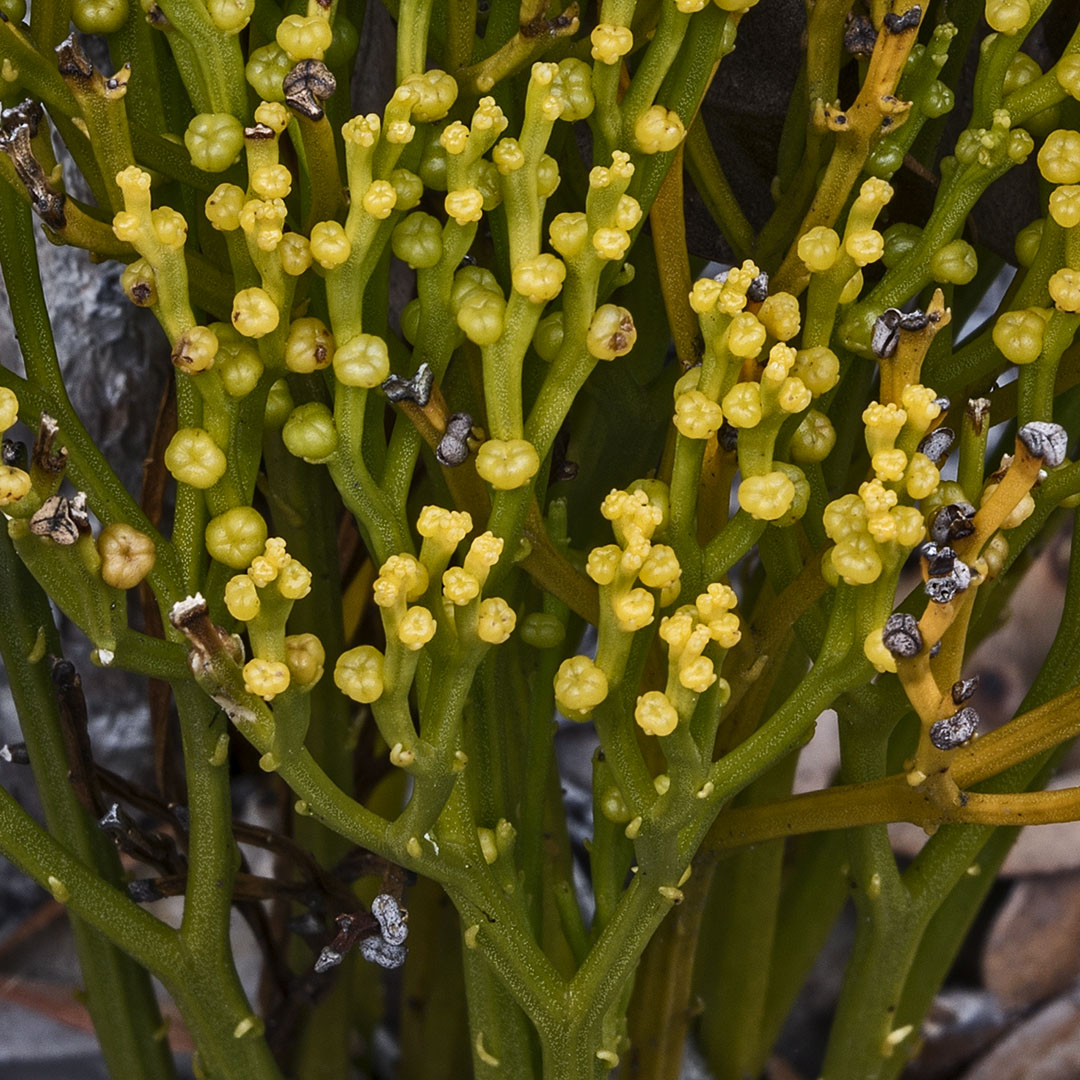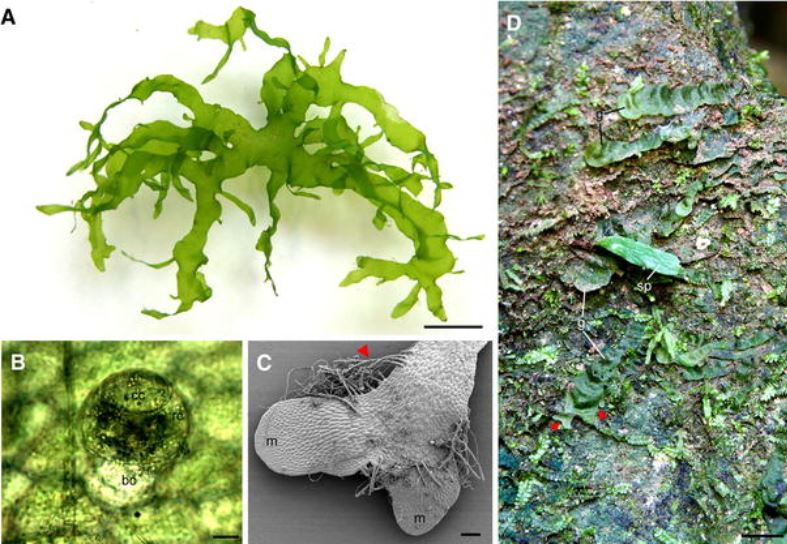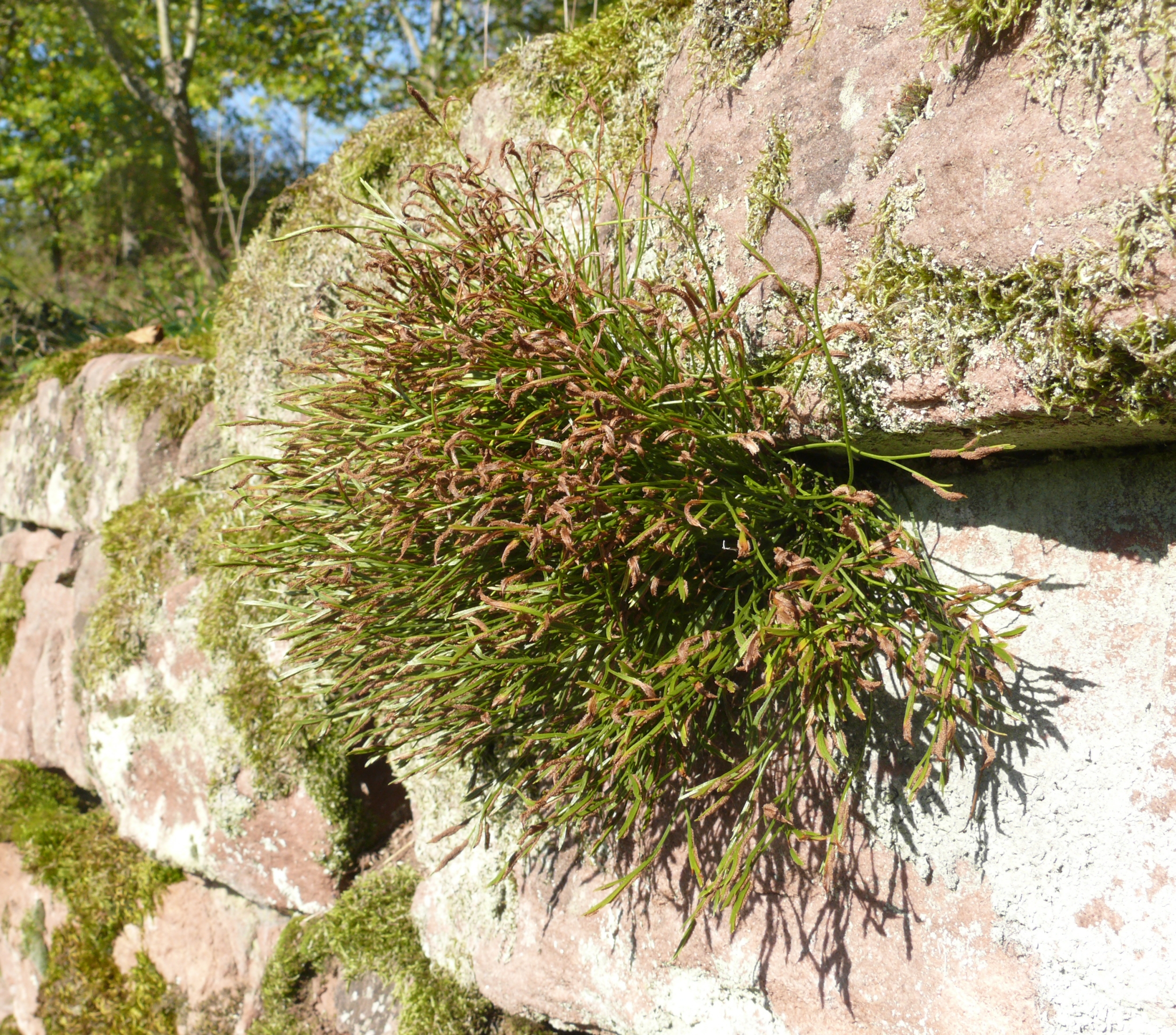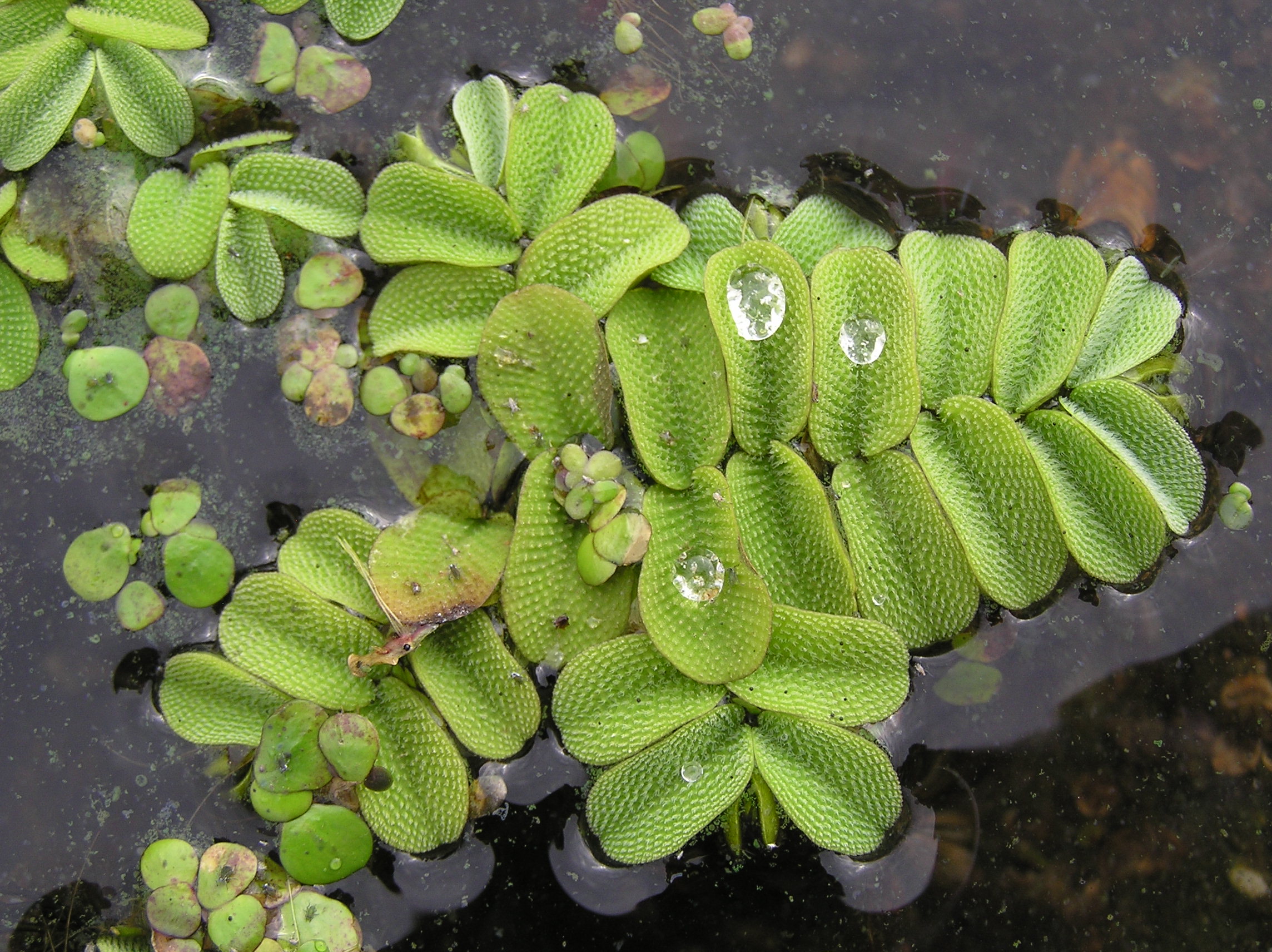Photo by Christian Fischer licensed by CC BY-SA 3.0
As far as ferns are concerned, the pillworts are pretty unusual. Belonging to the genus Pilularia, there are something like 3 to 6 species depending who you ask. To find them, you need to have an eye for detail and be looking in the right kind of habitats. Pillworts won’t grow just anywhere, which is of growing concern for one species. Today I would like to give you a brief introduction to these peculiar semi-aquatic ferns.
Pillworts really challenge the notion of what a fern should look like. Instead of feathery fronds, pillworts produce narrow, grass-like leaves. Look closely and you will see that these leaves do in fact unfurl in fiddlehead fashion from a long stolon. Situated at the base of the leaves are small, hairy capsules called sporocarps, which house the spores. When presented with favorable growing conditions, pillworts can form large, creeping mats that resemble a shaggy lawn.
No matter where you find them, pillworts largely require the same types of habitats to prosper. These tiny ferns are specialists on muddy banks of seasonal ponds. You see, pillworts simply cannot compete with more aggressive vegetation. For them to thrive, pond conditions must be maintained in an early successional state. The ideal pond for a pillwort fills with water during the winter and largely dries down to mud in the summer. Such fluctuations in water levels keeps competing vegetation at bay. Fully aquatic plants quickly dry out in the summer whereas more terrestrial species drown in the winter. In places like Europe, where Pilularia globulifera is native, grazing by large herbivores such as cattle play a big role as well. As cattle eat up and trample the vegetation around seasonal ponds, they create bare ground where pillworts can thrive.
One of the biggest threats to pillworts is pollution. As runoff from farms and residential areas dump massive quantities of nitrogen and phosphorus into the water, more aggressive plants start to take hold. As this happens, pillworts simply can’t keep up. The degradation and loss of seasonal ponds is causing severe declines in pillwort populations in Europe. Though Pilularia globulifera is still listed as a species of least concern, the rate at which it is being lost from its historical range is enough to place it on the watch list of many conservation organizations.
Photo by Sam Thomas licensed by CC BY-NC-SA 2.0
Outside of the UK, pillworts are receiving much less attention. Little information exists on pillworts growing in Australia and New Zealand, and there is ongoing debate as to whether North American populations represent a single species or two distinct, albeit cryptic species. Such lack of attention and confusion coupled with its inconspicuous appearance could be bad news for this tiny plant. Without proper assessments of what species occur where and their relative abundance, few conservation measures can be put into place. What we can say for sure is that to protect pillworts, we must protect their habitat.

















![[SOURCE]](https://images.squarespace-cdn.com/content/v1/544591e6e4b0135285aeb5b6/1502287294855-TVAI4Z9AVY1JCQ7AFGJU/image-asset.png)















